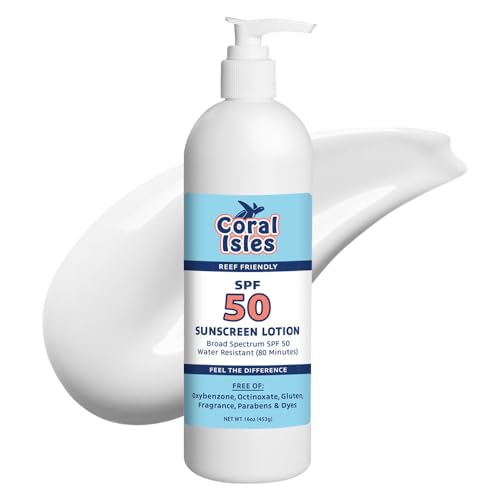Hey Mac good to see you jump in on the conversation. The concept of this project was not to really get into the value of a dsb or to really change it. A dsb is what it is and isn't what it isn't.
Their are IMHO two glaring problems with a dsb, the rest are like and dislikes. The first main problem is a dsb doesn't have the kind of depth it does in the wild, along with the constant flushing it gets out Their two. The bottom and sides of our tank reduce the sand from being flushed or from sinking end product to the depths. Theirs nothing stopping the bed from building up end product detritus. SO the concept with this design was to allow for this build off to be periodically mechanically removed. This should add considerable lifetime to the bed. The 3 month period was a shot in the dark, it could be 6 months, the idea is not to allow it to build up over the years.
2nd problem is the reliance on critters. YOu can have as many as you want as far as I am concerned. In your tank your not going to get the recruitment that sand gets in the wild. I have done a ton of reseach and calculations on the amount of critter you would need to to churn the sand as it does in the wild. The numbers are staggering. We address this problem also with the suction, the suction pulls down organics in a variety of stages, so your reliance on critter is not critical, they just become complimentary. It will also help pull the P back down in the bed where it belongs instead of in the tank where it become algae.
So what type of bioload have you invisioned on this for the long term?
I would assume with this help you could increase your bioload from what it would be with out it. Hard to really throw exact numbers at it until the unit has been tried. But definitely more then what it would be with out it.
You guys specify this is for solids removal. So let me ask you a bit about the idea of balance. (Is it possible that you could remove enough that it would send the tank out of balance?)
Good question. I do believe Their will be a short term out of balance, but I don't think it will effect anything. This out of balance will occur in the anaerobic zone, the area will become oxygen rich, and will stay that way for a couple of days until the bacteria deplete the oxygen. The reason I don't see a problem is that along with the solids goes the nitrates they would be consuming. By the time the oxygen is depleted a new batch of nitrates should be on its way down from the aerobic zone.
Do you envision that as the tank gets older and the setup gets older it will need to have less maintenance or more?
I would say the suction intervals would become more frequent. This will not make the DSB last forever, but it should greatly increase its lifespan.
And one more thing, You mentioned criter populations and having to have them repopulated. My experience is that the brittle stars multiply more rapidly than the bristleworms and I know others that have had chitons and or other creatures multiply faster. Don't you think that different tanks, different creatures, different feeding schedules will make a huge difference into the creatures that multiply?
I am sure food input would play a role, slow flow to. Here is an example of what I am talking about. It has a lot to do with carbon budgets..but thats a tough one to explain, so lets go this route. Say you have a tank with a 24x 48 inch foot print, six inch bed, you load it with pods, bacteria, different kinds of worms, sand clams and so on. As time goes by, with out recruitment the population will diminish until you are left with a dominate species, in the case of our tanks that would be the bristle worm. Plus you are starting the bed with hundreds of species less then the wild has ( I think Ron was saying 400??). Now also this patch of sand is in a constant state of flux, larvae hatching over Their, bacterial bloom over here, but still confined to the space. In the will the flux zone streches for hundred of Cubic feet, if not thousands. So if you put your tanks foot print in this lagoon or beach you are not just going to get critters from with in this foot print but you are going to recruit critter from vast distances. We cant duplicate that, plus you throw in the flushing qualities of waves (which you cant do in your tank) and the occasional disturbance such as a storm (which you don't want to do in your tank). So you can see with out these things our dsb's are not what nature had in mind for the overall concept here, thus IMHO they need help.
Also on the critter you mentioned it has a lot to do with preditation, enviroment and really if the critter is going to remain in the bed or just be born Their and then live in the rocks. I know in my tank I have billions of mini brittles and a chiton explosion every so often.
hope it helped
Mike
























































